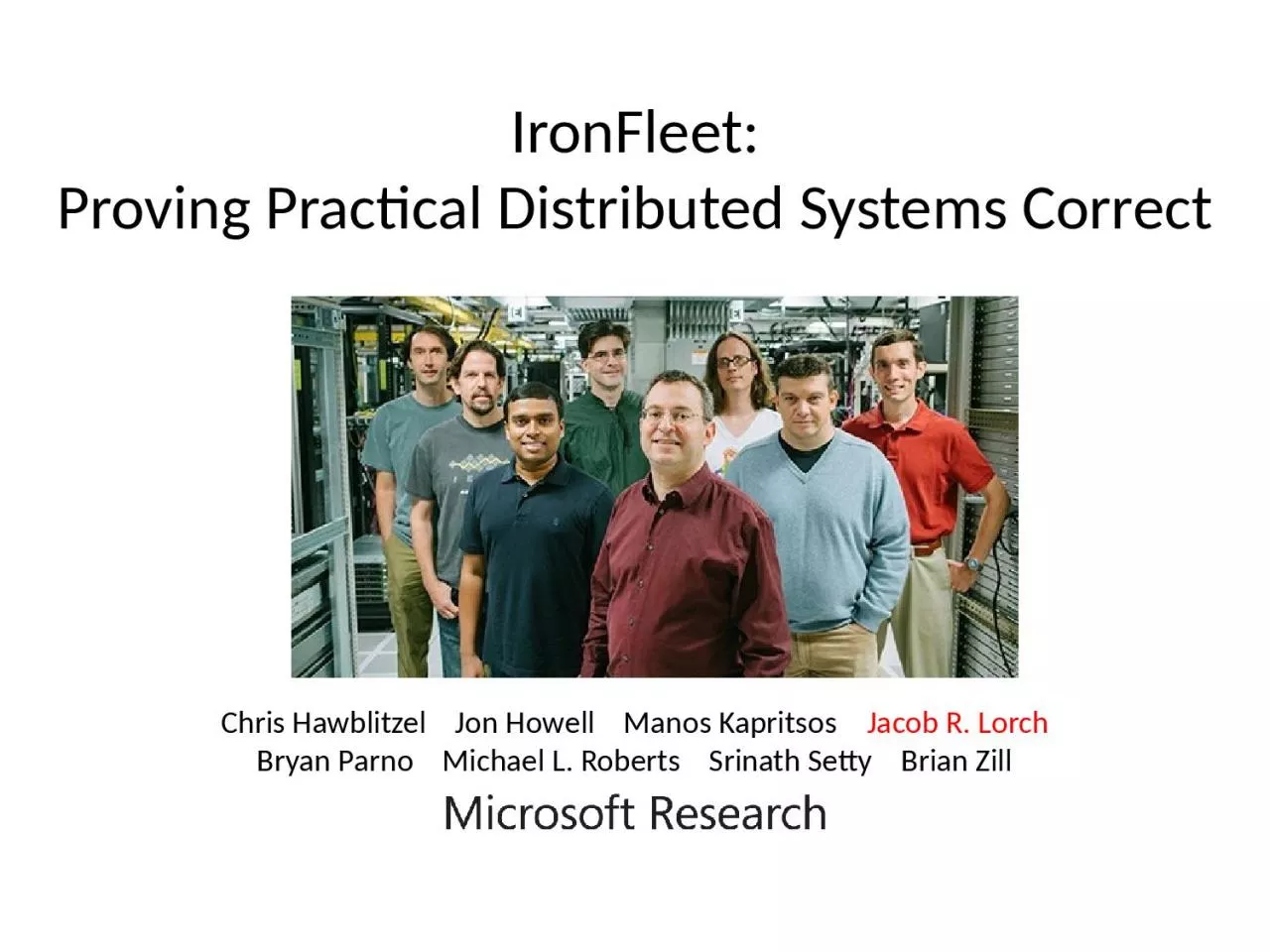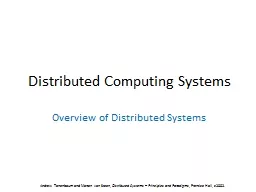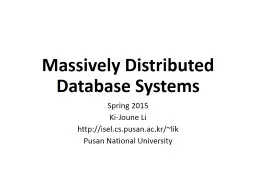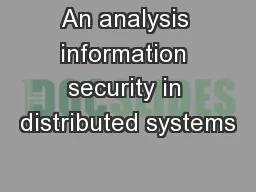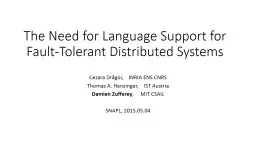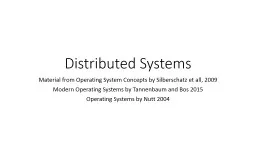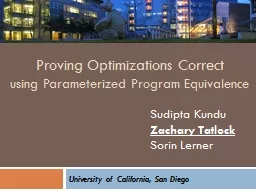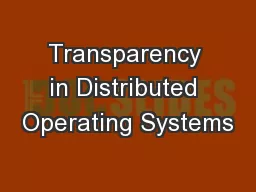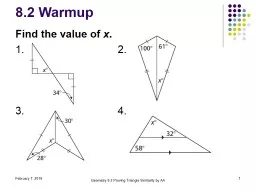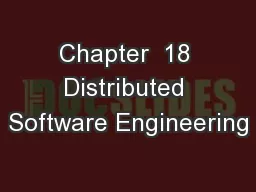PPT-IronFleet: Proving Practical Distributed Systems Correct
Author : criticanime | Published Date : 2020-08-29
Chris Hawblitzel Jon Howell Manos Kapritsos Jacob R Lorch Bryan Parno Michael L Roberts Srinath Setty Brian Zill Jay Lorch Microsoft Research IronFleet 2
Presentation Embed Code
Download Presentation
Download Presentation The PPT/PDF document "IronFleet: Proving Practical Distributed..." is the property of its rightful owner. Permission is granted to download and print the materials on this website for personal, non-commercial use only, and to display it on your personal computer provided you do not modify the materials and that you retain all copyright notices contained in the materials. By downloading content from our website, you accept the terms of this agreement.
IronFleet: Proving Practical Distributed Systems Correct: Transcript
Download Rules Of Document
"IronFleet: Proving Practical Distributed Systems Correct"The content belongs to its owner. You may download and print it for personal use, without modification, and keep all copyright notices. By downloading, you agree to these terms.
Related Documents

